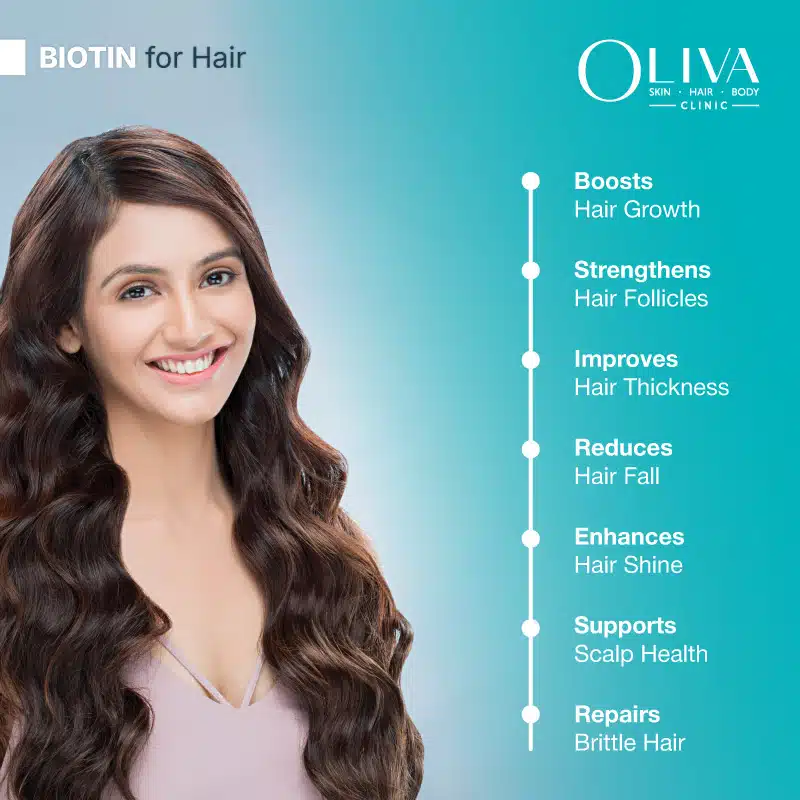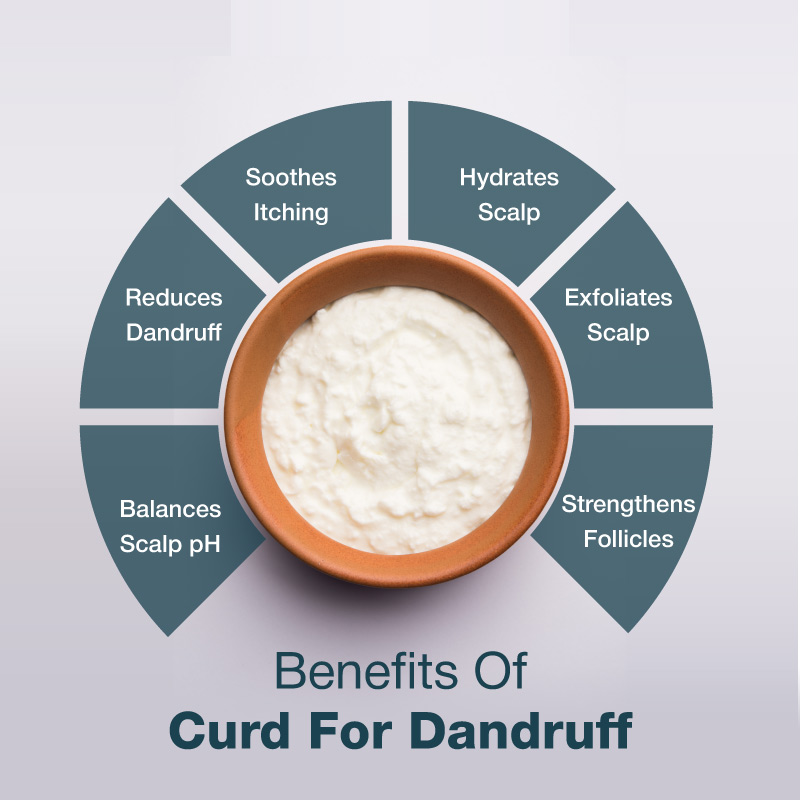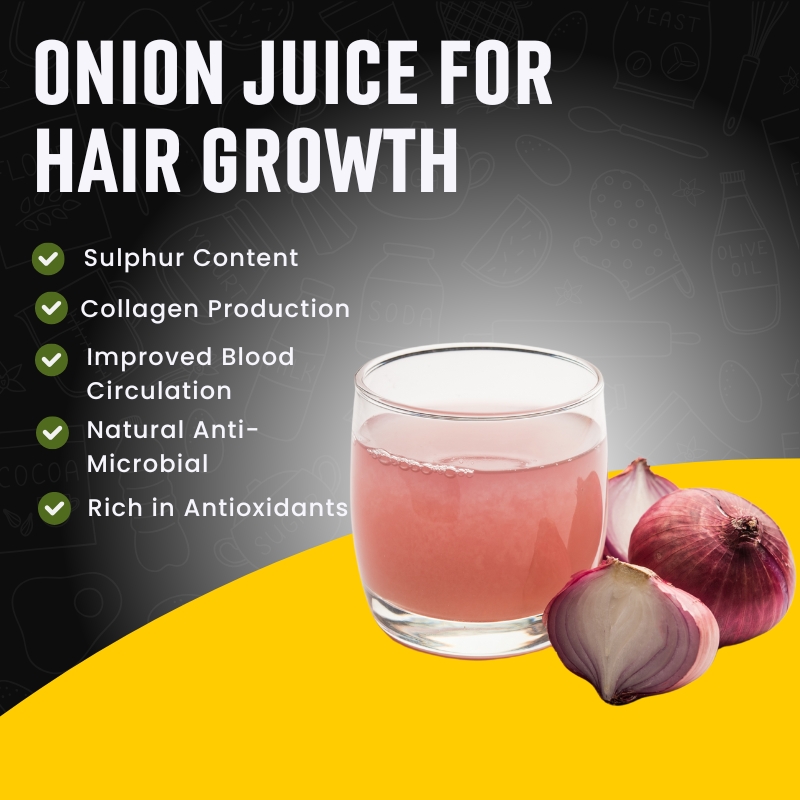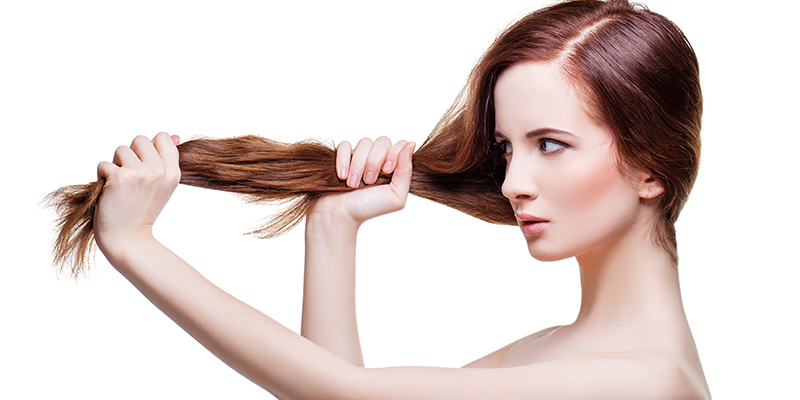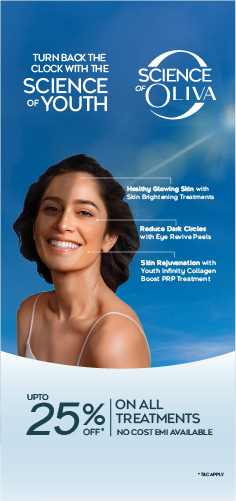In This Article
7 Side Effects of Hair Colour on Your Hair That You Must Know
Colouring hair is considered fashionable. While some do it to enhance their look, others might see it as something more functional, like covering their greys. It is quite popular and more and more people are embracing it. However, there are several hair colour side effects and disadvantages, and you should be aware of them so you don’t damage your hair health. In this article, we explore the side effects of dyeing your hair, hair dye and hair loss, hair dye damage, and how different types of hair dyes affect your hair, along with expert solutions for hair damage due to hair dye.
In This Article
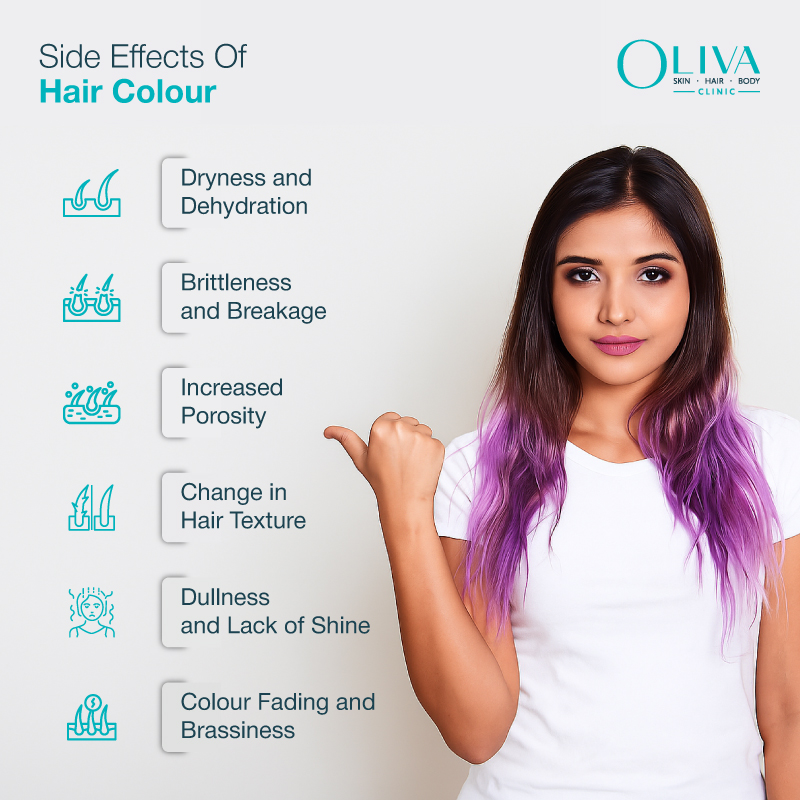
How Hair Dye Works?
Hair dye changes your hair colour first, by removing the natural colour and then replacing it with the new one. Here is how it works.
- The Cuticle Is Opened: Dyes have chemicals, like ammonia, an alkaline agent, which opens the outer layer of your hair called the cuticle. This allows the colour to enter your hair’s cortex, where your natural hair pigment is stored.
- Natural Colour Is Changed/Removed: Usually, dyes also have hydrogen peroxide that bleaches your natural hair colour, making it lighter or colourless. This allows the new hair colour to deposit itself.
- New Colour Is Deposited: There are tiny colourless molecules in the dye that go deep into the hair through the opened cuticle into the cortex and react with the peroxide. They form new colour molecules, giving you the desired hair colour.
Common Side Effects Of Hair Colour On Hair
The common side effects of using hair colour include the following. You may experience one or more of these, so we advise you to apply hair colour with caution:
-
Dryness and Dehydration:
What it looks like: Your hair feels rough, coarse, without any bounce or natural softness. It appears dry and lifeless and tangles easily.
Why it happens: Hair dyes strip away the scalp’s natural oils and disturb the hair’s natural balance. Ammonia and hydrogen peroxide lift the cuticle, causing moisture loss, thus dehydration.
-
Brittleness and Breakage:
What it looks like: Hair has a lot of split ends, breaks easily and grows at uneven lengths.
Why it happens: The chemicals in the hair colour weaken the keratin bonds in the hair shaft, making the hair fragile and prone to breakage.
-
Increased Porosity:
What it looks like: It is dry and straw-like and cannot retain moisture. This type of hair absorbs water and products quickly, but also dries out quickly.
Why it happens: Dyeing lifts the cuticle repeatedly, causing gaps along the strand. This makes water, products, and colour enter and leave the hair structure, further increasing its porosity.
-
Change in Hair Texture:
What it looks like: If you have curly hair, it may lose shape and become flat, whereas straight hair might become frizzy or coarse.
Why it happens: The chemicals in the hair dyes can alter the hair structure causing them to bend, coil, or turn coarse.
-
Loss of Elasticity:
What it looks like: Your hair might break when you comb as it loses its ability to stretch. Styling may not be an option for you as it can worsen your hair texture.
Why it happens: Proteins in the hair give it personality, like the bounce and stretch. Chemicals in hair dyes break these protein bonds, reducing elasticity, making your hair brittle.
-
Dullness and Lack of Shine
What it looks like: Your hair becomes flat and dull and does not have the glossy finish, even after freshly colouring it.
Why it happens: The chemicals in the hair damage the hair cuticles and also raise them a bit, making the surface uneven. When light hits your hair, it scatters, making it look dull, without shine.
-
Colour Fading and Brassiness
What it looks like: When the colour starts to fade and your natural hair starts to regrow, you will see inconsistent hair colour that isn’t very appealing.
Why it happens: Exposure to UV rays and pollution, as well as the use of styling tools and harsh shampoos, can break down hair pigment quickly, causing fading and brassiness.
Side Effects Of Hair Dyes On The Scalp And Skin
Beyond affecting your hair health, hair dyes can also damage your scalp and the surrounding skin, like the forehead and neck areas. Some people experience redness, itching, dryness, and flaking [1] In extreme cases, people may see swelling, blistering, and allergic reactions. The chemicals ammonia, hydrogen peroxide, and PPD (para-phenylenediamine) can affect the skin’s protective barrier.
If you already suffer from skin conditions like eczema or psoriasis, then there is a high chance that hair dyes can worsen them. Improper application or any residue left behind can also add to it.
How Different Types of Dye Affect Hair?
Hair dyes work by adding colour pigments to your hair, and they are of three types:
- Temporary hair dyes: They only coat the surface of your hair and do no penetrate the hair shaft. The colour molecules are large and they wash out after one or two shampoo washes. They do not contain chemicals like ammonia or hydrogen peroxide and thus are relatively less harmful.
- Semi-permanent and demi-permanent hair dyes: The semi-permanent ones have no ammonia or peroxide, and the colour goes slightly below the surface. It takes 4-8 washes to fade away. The demi-permanent ones have a small amount of peroxide and the colour goes deeper into the hair. The colour can last up to 25 washes. Both are great for enhancing your natural hair colour and are far less damaging than permanent hair dyes.
- Permanent hair dyes: These contain ammonia, hydrogen peroxide and PPD (Para-phenylenediamine), which open the hair cuticle, remove the natural hair pigment, and deposit the new hair colour deep in the hair shaft. Since the colour is deposited deep into the hair shaft, it doesn’t wash out. It only fades with time as your hair grows. Repeated use of this can damage your hair, even cause acute dermatitis.[2]
How To Minimise The Side Effects?
The following are expert solutions that dermatologists at Oliva Clinics recommend to minimise the side effects and hair damage from hair dyes:
- Do a patch test before dyeing your hair or opt for natural, gentler, ammonia-free options. [3]
- Use sulphate-free shampoos and conditioners. They are gentle on the hair and help retain moisture.
- Deep condition your hair once a week to combat dryness caused by hair dyes.
- Wash your hair with lukewarm water. Avoid hot water and excessive heat styling after dyeing your hair.
- Make sure there is enough gap, at least 2 months, between each dyeing session to minimise hair dye side effects.
NOTE:
If you experience hair loss after repeated use of hair dyes, we encourage you to schedule a consultation with us. Our dermatologists will customise the best professional treatments.
Takeaway
While hair colouring can be a fashionable move and a way of self-expression, it is important to consider the side effects and the damage it causes to your hair. Choose chemical-free options and colour your hair occasionally to maintain your hair’s health and reduce damage.
Frequently Asked The Questions On Hair Colour Sides On Hair
Yes, as long as you do it in moderation, use chemical-free, high-quality products. Do a patch test to see if it is safe for you.
Colouring your hair once in 6-8 weeks is enough time. Overdoing it can worsen your hair damage.
No, hair dye doesn’t cause permanent hair loss, but repeatedly using chemical hair dyes can weaken the hair and temporarily cause your hair to shed.
Redness, itching, swelling, blisters are some common signs that show you are allergic to hair dyes.
You should develop a healthy hair care routine that suits your hair type and addresses the hair concerns resulting from hair damage. We recommend that you consult a dermatologist who can help you with this.
Ammonia, hydrogen peroxide, and PPD are the common ingredients that cause side effects.


